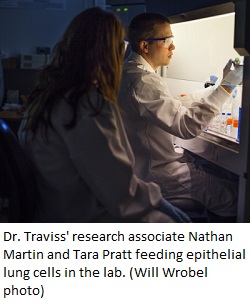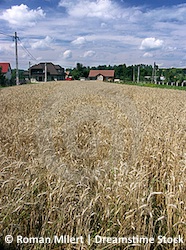The Scottish Ministers have given Mainstream Renewable Power the go ahead to build a 450 megawatt Neart na Gaoithe (“NnG”) offshore wind farm in the Outer Forth Estuary in the North Sea. This project will be the first large-scale offshore wind farm in Scottish waters to be directly connected to the grid when complete in 2018. The wind farm will provide 3.7 percent of Scotland’s total electricity demand. The wind farm will consist of up to 75 wind turbines and will occupy an area of approximately 80 square kilometres. At its closest point to land it lies over 15 kilometres off the Fife coast in water depths of 45-55 metres.
The subsea cable transmitting the wind farm’s power will come ashore at Thorntonloch Beach in East Lothian from where its  underground cable will travel along a 12.5 kilometre route to a substation located within the Crystal Rig onshore wind farm in the Lammermuir Hills. Grid connection will occur in December 2016 and planning permission for the route of the underground cable was received from East Lothian Council in 2013.
underground cable will travel along a 12.5 kilometre route to a substation located within the Crystal Rig onshore wind farm in the Lammermuir Hills. Grid connection will occur in December 2016 and planning permission for the route of the underground cable was received from East Lothian Council in 2013.
Mainstream Renewable Power’s founder and Chief Executive, Eddie O’Connor said, “Today’s announcement is of particular importance for Scotland because it is the first time a wind farm will be built in Scottish waters with the purpose of supplying Scottish homes and businesses with renewable energy. In fact, it will generate enough green power to supply more than all the homes in Edinburgh.”
NnG represents a capital expenditure investment of around £1.5 billion and is on track to be the first offshore wind farm in the UK to attract true non-recourse project finance at the construction stage. The project has pre-qualified for the Infrastructure UK Treasury Guarantee and European Investment Bank funding.
“This is of major significance to the global offshore wind industry because it is on track to be the first time an offshore wind farm of this scale will be built using project finance alone by a private company,” said Andy Kinsella, COO for Mainstream Renewable Power. “It is testament to the world-leading expertise of Mainstream’s offshore development team who have been working on this project since the company was founded in 2008 and further underpins Mainstream’s position as the world’s leading independent offshore wind developer.”












